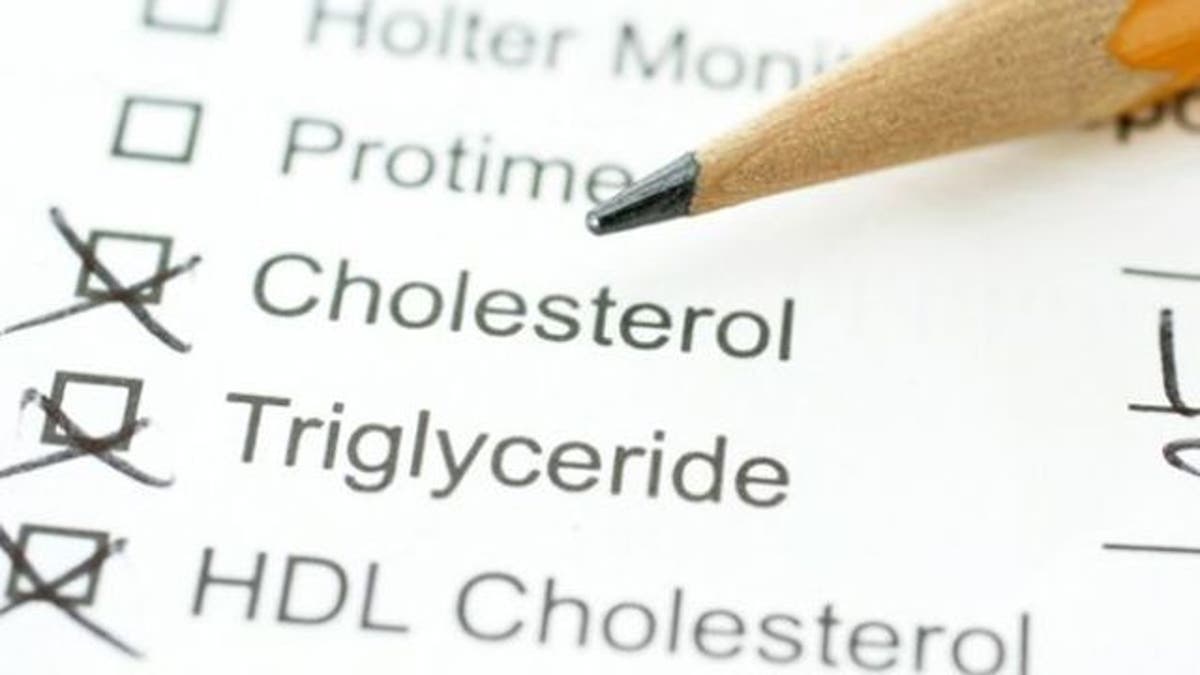
If you’re one of the approximately 31 million people in the U.S. who have been diagnosed with high cholesterol, trying to get it under control can be challenging.
True, for some people high cholesterol is genetic, but experts say there are still things everyone can do to manage and reduce cholesterol, even without medication.
Here, read on to find out the latest recommendations and strategies doctors are using to help their patients get healthy.
1. Get screened.
You should have a standard lipid panel which looks your total cholesterol, the “bad” low-density lipoprotein (LDL) cholesterol and the “good” high-density lipoprotein (HDL) cholesterol. Many lipid panels also look at very low density lipoprotein (VLDL), which measures triglycerides and is associated with insulin resistance.
It’s also a good idea to have your physician test your non-HDL cholesterol, which is the total cholesterol minus the HDL. This is especially important for people who are overweight or obese, have metabolic syndrome, insulin resistance or Type 2 diabetes because their total risk can be overlooked since their LDL artificially goes down.
“If you use non-HDL cholesterol you capture the risk associated with cholesterol,” said Dr. James A. Underberg, a member of the National Lipid Association’s board of directors and a clinical assistant professor at New York University School of Medicine.
2. Get advanced testing.
The standard lipid panel that’s used in most doctors’ offices is outdated because it only measures the weight of cholesterol, not the size and amount of particles which is the true indicator of risk, said Dr. Mark Carney, a naturopathic doctor, acupuncturist and nutrition expert at Thriveology in Denver, Colo.
There are several tests that look at inflammation markers such as Lp-PLA2 and C-reactive protein (CRP), which can lead to heart attack and stroke.
“A person can have the most beautiful lipid panel but they can have an elevated Lp-PLA2 which puts them at a very high risk for having a cardiac event,” he said.
3. Know your risk factors.
Although there are recommended guidelines for cholesterol levels, experts agree that individual risk factors are just as important. In 2014, the National Lipid Association released new recommendations on how to manage cholesterol using a patient-centered approach. Rather than using a scoring algorithm or risk calculator, doctors now use individual risk factors to determine the risk for heart disease and what the cholesterol levels for each individual should be, Underberg, who also consults as corporate medical director of News Corp, said.
4. Get on the right plan.
If your LDL is above 190 mg/dl, it’s likely that you have familial combined hyperlipidemia, an inherited disorder that causes high cholesterol. For most people with the condition, reducing the amount of saturated fat in their diets can help, since cholesterol intake doesn’t have as much of an effect on blood cholesterol levels as saturated fat does, Underberg said. Yet some people are high absorbers of cholesterol so it’s important to talk to your physician about a plan that’s right for you.
5. Eat a heart-healthy diet.
A diet low in saturated fat that includes plenty of fruits and vegetables, lean protein and healthy fats like those found in nuts and seeds can help lower cholesterol.
“If someone is really motivated and they truly don’t have familial combined hyperlipidemia, it’s almost a guarantee that through aggressive nutrition they can lower their numbers dramatically,” Carney said.
6. Get genetic testing.
Just because you have a family history of high cholesterol doesn’t necessarily mean it’s genetic.
“It runs in the family simply because each generation has the same diet and lifestyle that the previous generation did,” Carney said.
Genetic tests that look at genes like APOE can determine your risk for a heart attack and stroke and can also predict if you are more likely to have side effects from statins, he said.
7. Think about statins.
Although statin medications are the gold standard in treating high cholesterol, many people cannot tolerate them and may benefit from a non-statin medication, Underberg said.
8. Try bergamot extract.
A recent study in the International Journal of Cardiology Metabolic and Endocrine found that the concentrated extract of bergamot, an Italian citrus fruit, in capsule or tablet form may reduce cholesterol levels.
9. Increase fiber intake.
Soluble fiber found in some fruits and vegetables, as well as oats, beans, legumes, peas, and nuts and seeds can lower cholesterol. Women need 25 grams of fiber a day and men need 38 grams. Men and women over 50 need less— 30 and 21 grams per day, respectively. If you’re still falling short, a fiber supplement that contains 10 to 25 grams of fiber can help.
10. Consider supplements.
Red yeast rice is a naturally occurring statin that can lower cholesterol. According to the National Institutes of Health (NIH), some products contain substantial amounts of monacolin K, which is chemically identical to the active ingredient in the cholesterol-lowering drug lovastatin. The FDA determined that red yeast products containing more than trace amounts of monacolin K are considered to be unapproved new drugs and can’t be sold legally as dietary supplements. Talk to your physician about this as an option to ensure it is safe for you.
Studies show that vitamin B3, or niacin, is also an effective supplement to lower cholesterol. It’s also the only thing that lowers Lp(a), a lipoprotein which can increase your risk for heart disease, Carney said. Some people are niacin-sensitive so talk to your physician before taking it.
11. Get moving.
Regular exercise may raise HDL cholesterol and help aid weight loss, which can lower cholesterol.
12. Eat plant sterols.
Although studies show plant sterols can lower cholesterol by about 10 percent, they haven’t been shown to affect heart disease risk. Plant sterols are found in soy, but be sure to look for organic, GMO-free and minimally processed types such as edamame.
